Sweet Bay Leaf Spots: Care Of Bay Tree Leaf Problems
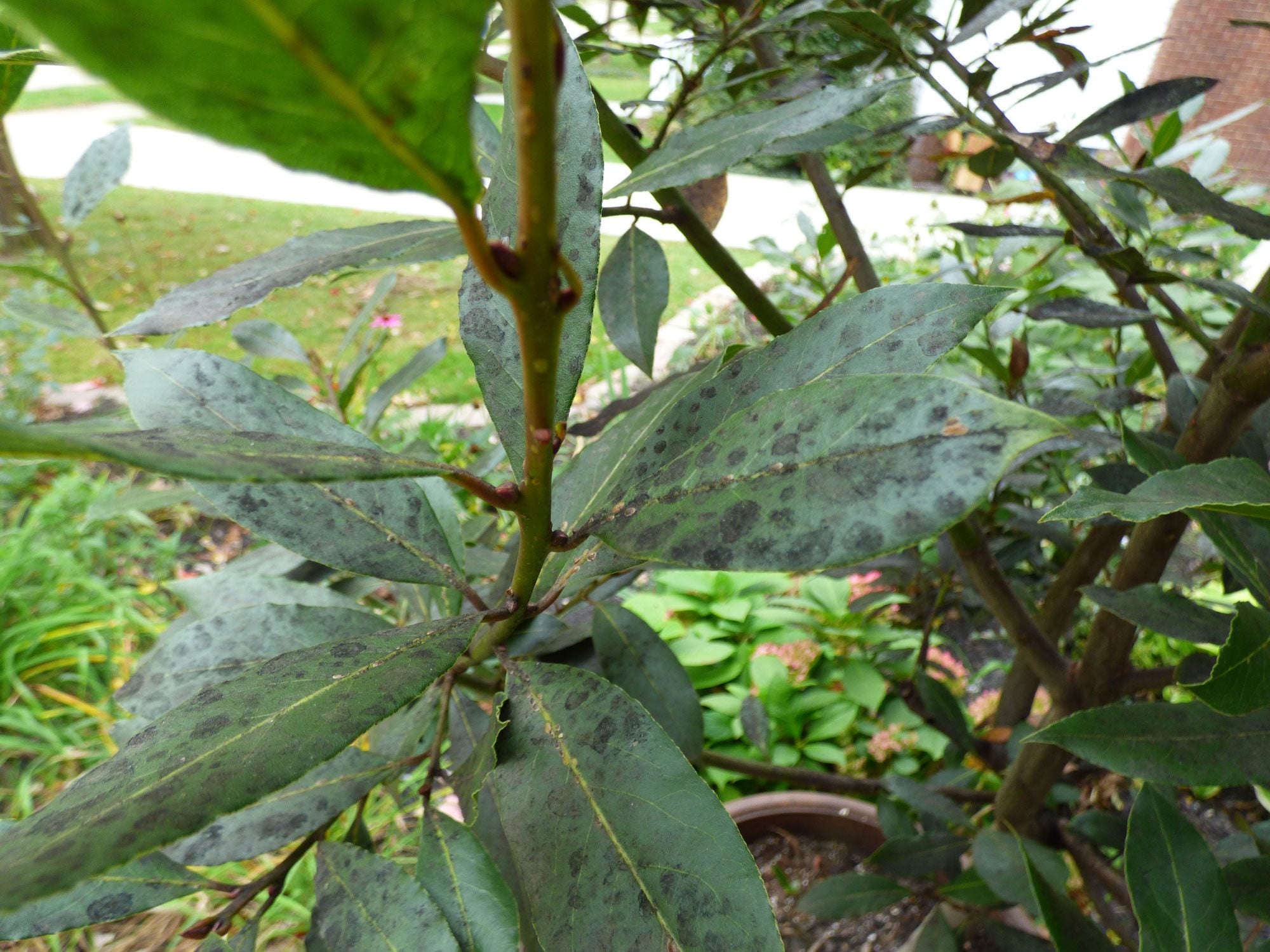
Growing bay leaf trees have been cultivated for centuries for their subtle flavor, aroma, and medicinal uses. Sweet bay leaf spots may make one cringe regarding the wisdom of using them in culinary creations such as soups, stews, brines, shellfish boils, and teas let alone for ornamental uses such as herbal wreaths, topiaries, or potpourri. So, let's take a look at the causes and care of bay leaf tree problems, such as black spots on bay leaves.
Bay Leaf Tree Care
Growing bay leaf trees requires a little patience as they are slow growing evergreens, although they may live for 40 years or longer and attain a height of 10 feet (up to 23 feet in the wild) (3-7 m.). Care of bay leaf trees is minimal when bearing in mind that Laurus nobilis is hardy in USDA zone 8, thrives in rich, well-drained soil (pH 6.2), dislikes overwatering, and should be brought indoors when the temperature dips in the fall months.
Sweet Bay Leaf Spots by Insects
A plague in the care of bay tree leaf problems are aphids, mites, and hard-shelled scales. Their honeydew causes sooty mold, giving the appearance of black spots when growing bay leaf trees. Care of bay tree leaf problems of this ilk require a strong blast of water to dislodge some of the marauders, followed by a treatment of insecticidal soap or neem oil. Both insecticidal soap and neem oil are safe to use and can be easily rinsed off the leaves before using in food. Several weekly applications may be needed to resolve black spots on bay leaves caused by insects.
Other Causes of Black Spots on Bay Leaves
If no evidence of insects is to be found, another cause for black spots on bay leaves may be leaf spot disease. Care of bay tree leaf problems caused by this involve primarily removing all the affected leaves and allowing the soil to dry between watering. Make sure the plant is not sitting in water and water at the base of the plant to allow leaves to remain dry. A bacterial or fungal infection such as phytophthora ramorum may additionally be creating sweet bay leaf spots. Care of bay leaf tree problems of this type again involves removing any infected leaves from the plant and surrounding area and burn or seal in a plastic bag for dispatch. Take care to have leaves dry by mid-morning, thereby discouraging a hospitable environment for spores to take hold. A sulfur spray may discourage any further infection and black spots on bay leaves. Although chemical control is not usually warranted, if you do decide to spray, spring is the optimal time at bud break during the growing season in 12 to 14 day intervals. Lastly, a possible cause of black spots on bay leaves may simply be sunburn. Moving the plant from indoors back outside too suddenly may burn the leaves as may a reflection from glass indoors. Always look into the simplest solution first such as too much sun or water or the need for repotting.
Gardening tips, videos, info and more delivered right to your inbox!
Sign up for the Gardening Know How newsletter today and receive a free copy of our e-book "How to Grow Delicious Tomatoes".

Amy Grant has been gardening for 30 years and writing for 15. A professional chef and caterer, Amy's area of expertise is culinary gardening.
-
 Terrifically Tubular Flowers For Hummingbirds: 9 Tube-Flowered Plants To Attract Hummers
Terrifically Tubular Flowers For Hummingbirds: 9 Tube-Flowered Plants To Attract HummersGrowing tubular flowers for hummingbirds helps you create the optimum feeding conditions for your winged friends. Here are nine tubed delights for hummers
By Tonya Barnett
-
 How To Grow Hydroponic Tomatoes For Fresh Indoor Harvests – No Soil Required
How To Grow Hydroponic Tomatoes For Fresh Indoor Harvests – No Soil RequiredLearning how to grow tomatoes in water is easy and allows you to harvest fresh-home-grown produce in every season without any mess.
By Ellen Wells
-
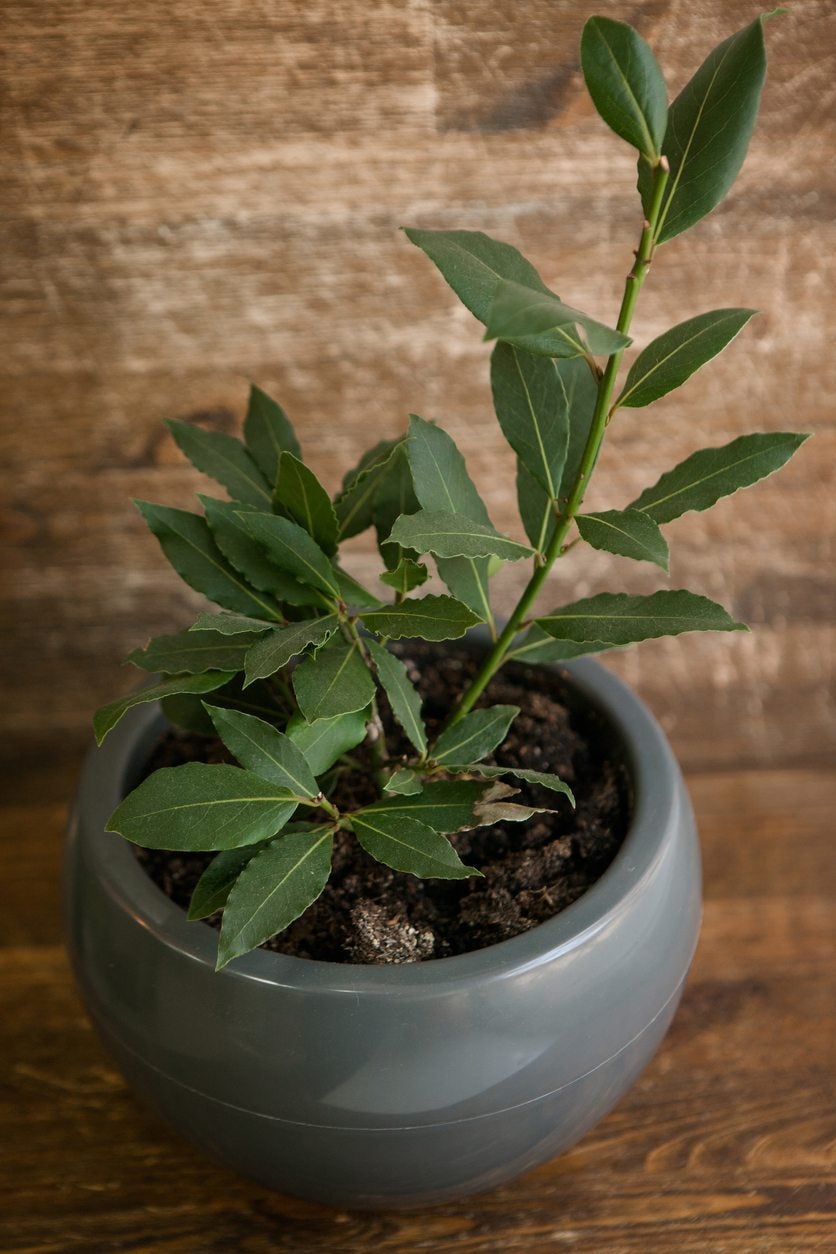 Bay Tree Propagation – Tips For Rooting Bay Tree Cuttings
Bay Tree Propagation – Tips For Rooting Bay Tree CuttingsOne mature bay tree will keep even the most dedicated cook in pungent bay leaves for a lifetime. But if you need more, it is not difficult to start growing a bay tree from cuttings. For more information on propagating cuttings from a bay tree, click here.
By Teo Spengler
-
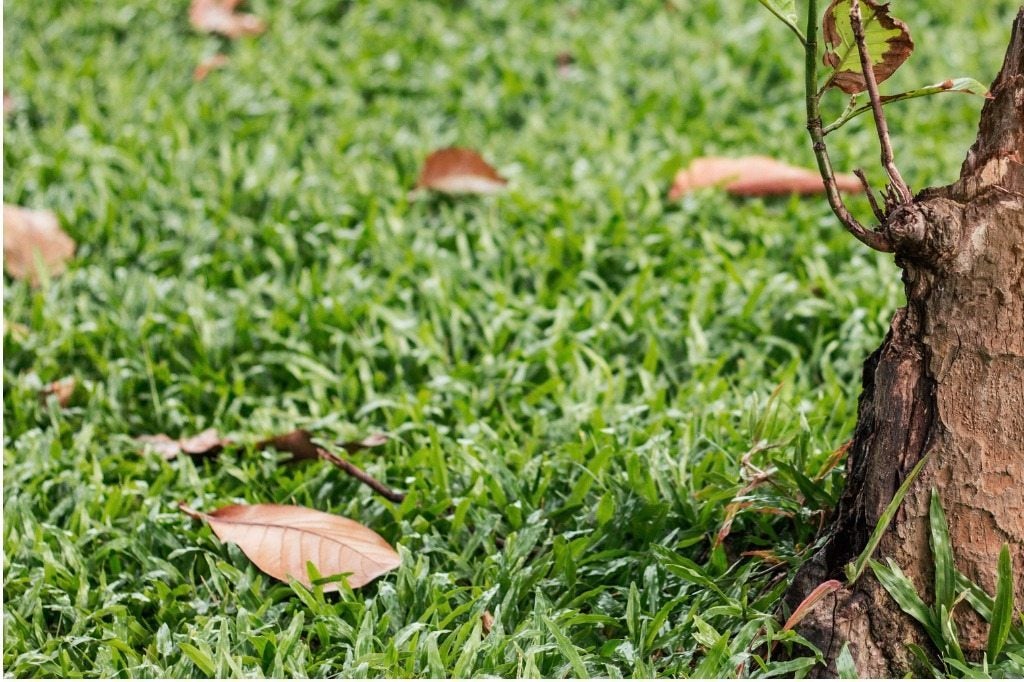 Bay Tree Leaf Drop: Why Is My Bay Losing Leaves
Bay Tree Leaf Drop: Why Is My Bay Losing LeavesBay laurel is one of the most impressive looking among the culinary herbs. Although it?s pretty sturdy, once in a while you may run into trouble with dropping bay leaves. Click this article to learn about bay trees dropping leaves.
By Kristi Waterworth
-
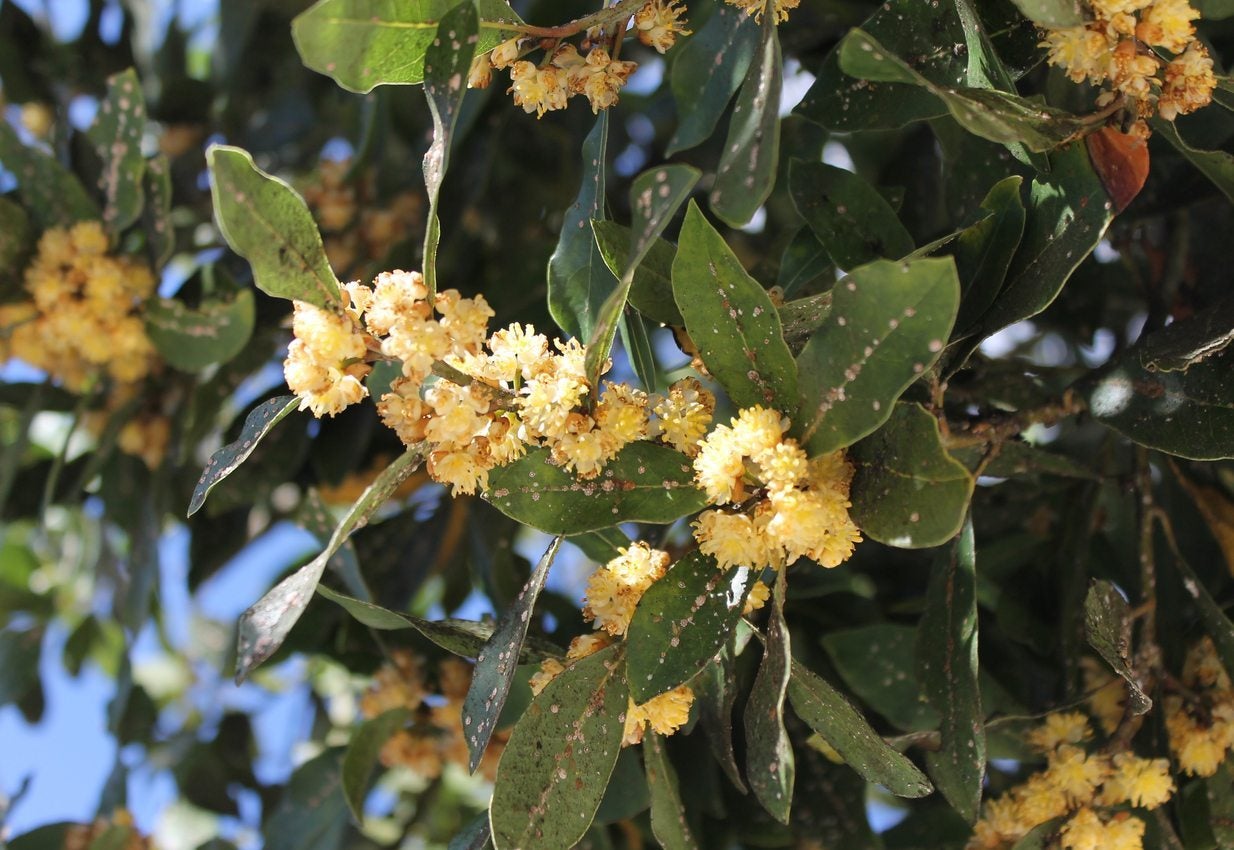 How To Treat Bay Pests : Dealing With Pests On A Bay Tree
How To Treat Bay Pests : Dealing With Pests On A Bay TreeMost bay tree insects are foliar feasters, but there are a few boring insects that can cause damage to the trunk and twigs. Click on the following article to find out how to treat bay pests in a safe and non-toxic manner.
By Bonnie L. Grant
-
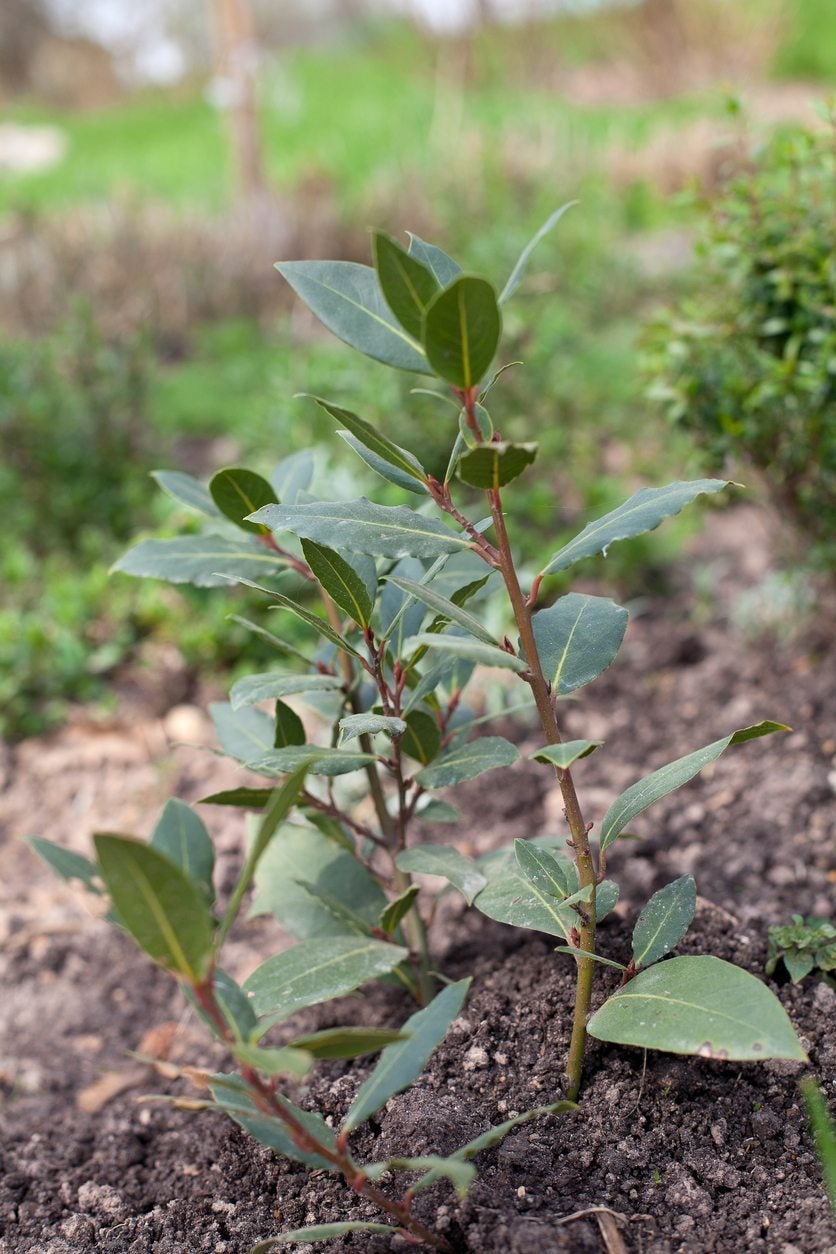 Diseases Of Bay Trees : How To Treat A Sick Bay Tree
Diseases Of Bay Trees : How To Treat A Sick Bay TreeBay is an easy-to-grow plant but is susceptible to a few diseases, many of which create problems on foliage, the part used in cooking. Preventing these diseases can help protect both the plant and your secret recipe ingredient. Learn more in this article.
By Bonnie L. Grant
-
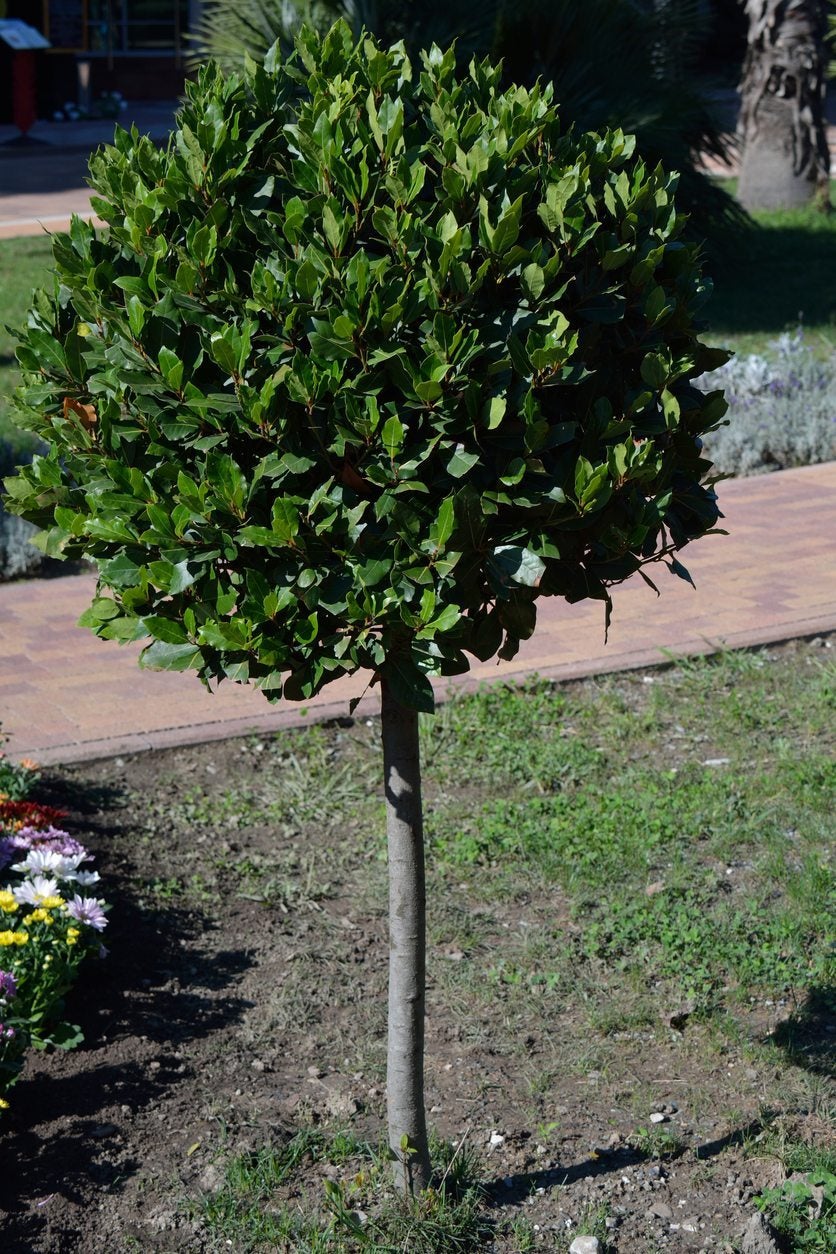 Bay Tree Transplant Tips: How To Transplant Bay Trees
Bay Tree Transplant Tips: How To Transplant Bay TreesBay laurel trees are small evergreens with dense, aromatic foliage. The leaves are often used for flavoring in cooking. If your bay tree has outgrown its planting site, you may be wondering how to transplant bay trees. Click here for information that can help.
By Teo Spengler
-
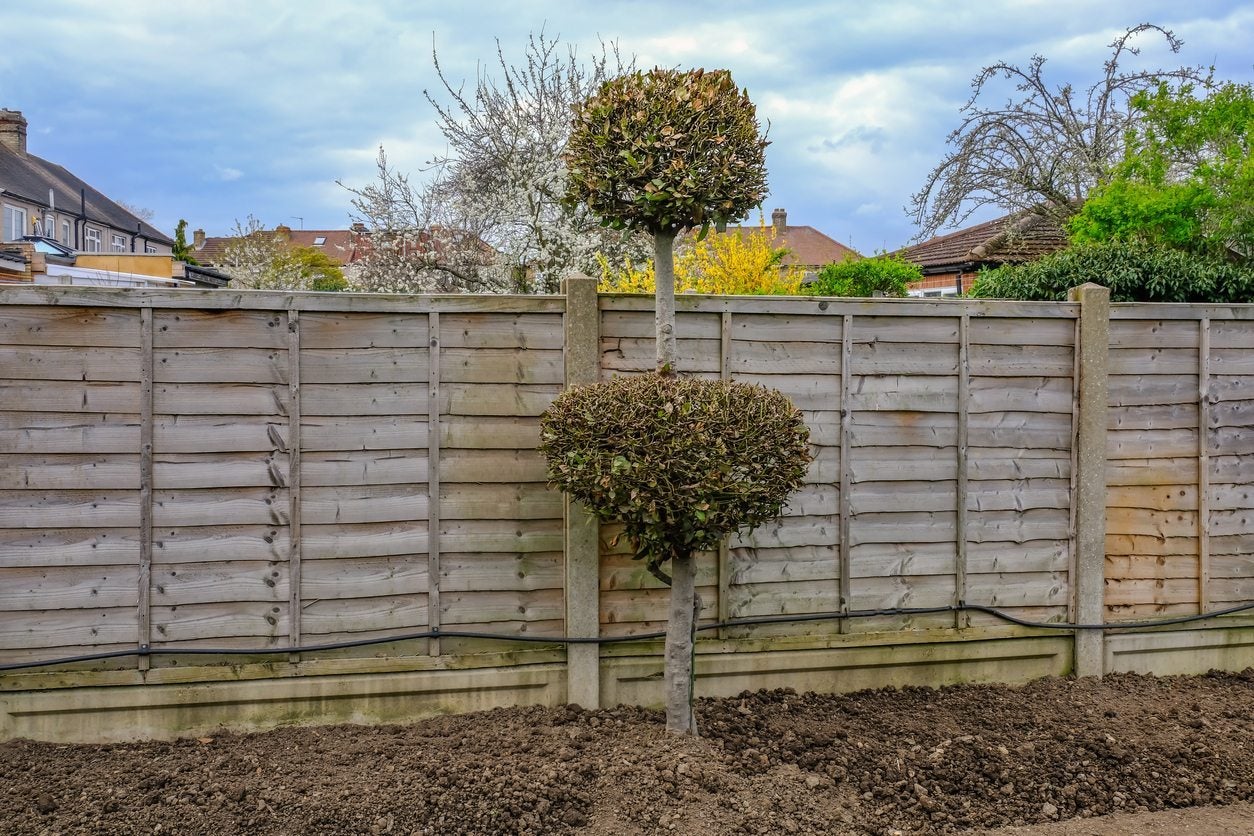 How To Prune A Bay Tree – Tips For Cutting Back Bay Trees
How To Prune A Bay Tree – Tips For Cutting Back Bay TreesBay tree pruning is not strictly necessary for the health of the tree, but the trees readily accept light or severe pruning, including pruning bay trees into topiary shapes. Learn how to prune bay laurel trees in this article.
By Teo Spengler
-
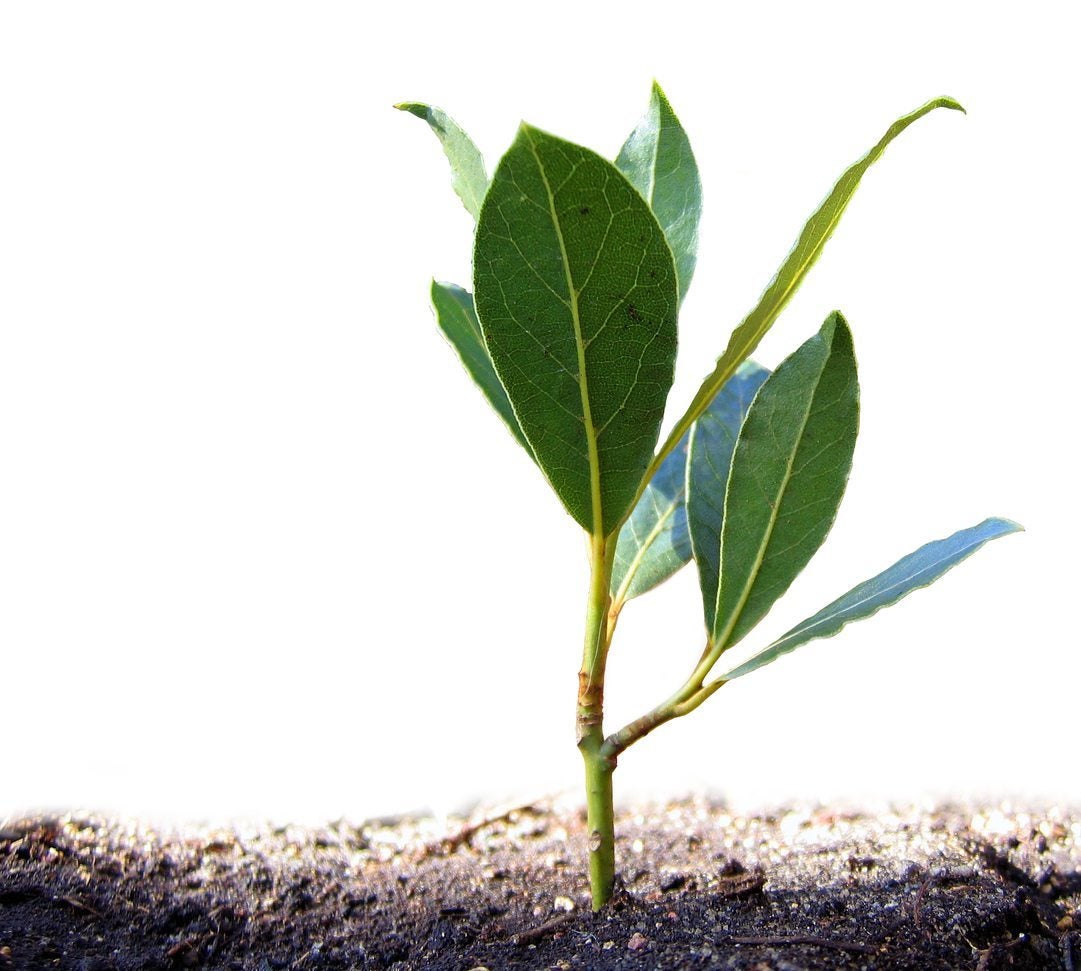 When To Sow Bay Seeds: Tips For Growing Bay Tree Seeds
When To Sow Bay Seeds: Tips For Growing Bay Tree SeedsUsually, sweet bay is purchased as a seedling from a nursery, but growing bay tree seeds is also possible, provided the grower has some patience since bay seed germination is a slow process. Interested in planting bay seeds? Find out when to sow bay seeds in this article.
By Amy Grant
-
 Harvesting Bay Leaves: When To Pick Bay Leaves For Cooking
Harvesting Bay Leaves: When To Pick Bay Leaves For CookingAlmost everyone should be picking their own bay leaves; of course, you need to know when to pick them. Is there a specific bay leaf harvest time of year? The following article contains information on harvesting bay leaves.
By Amy Grant